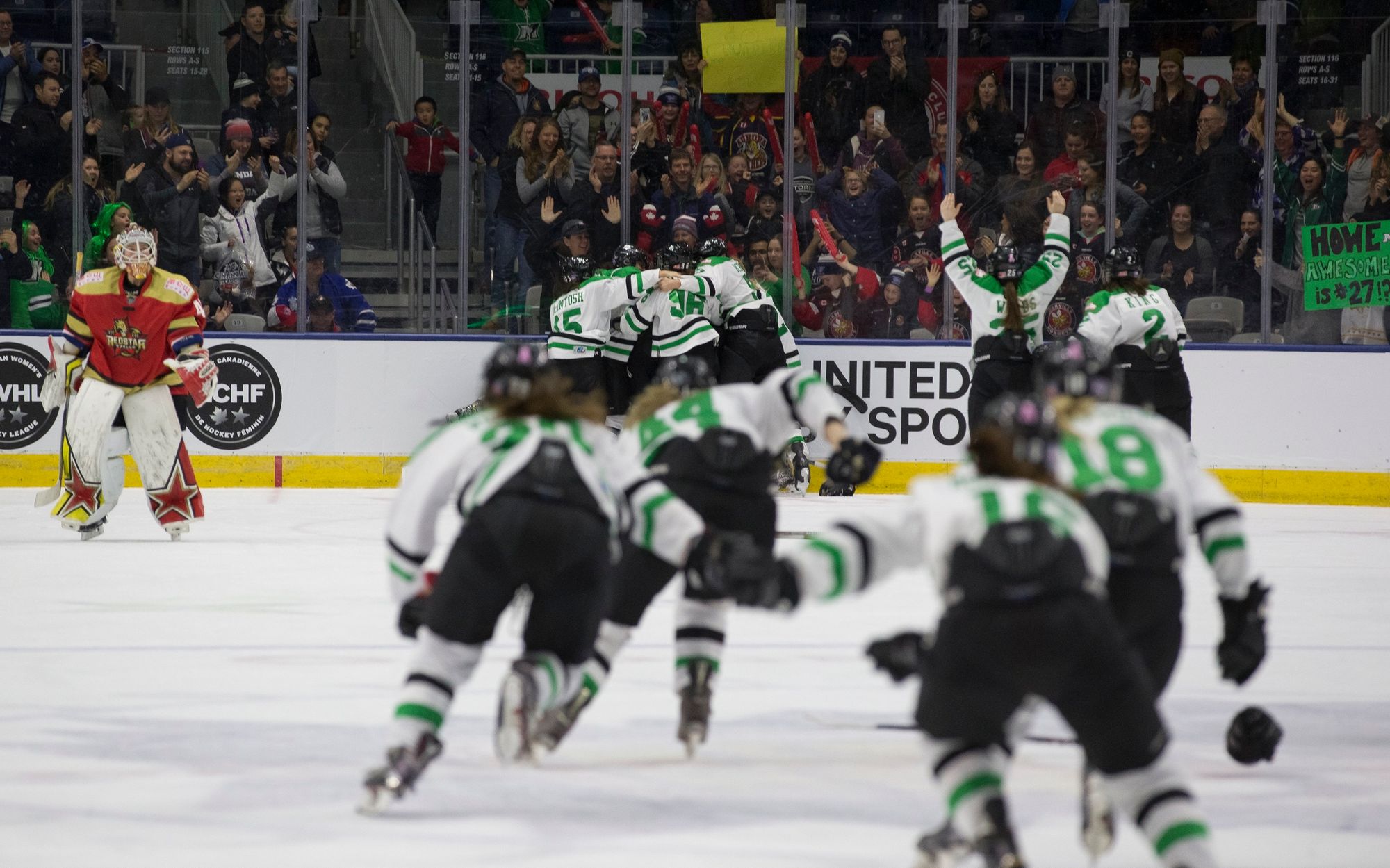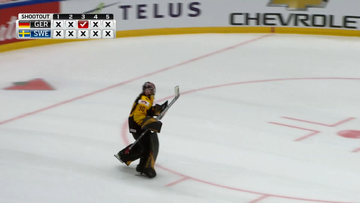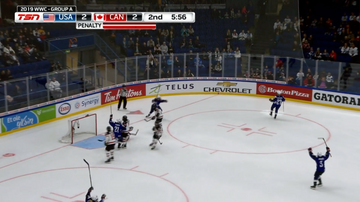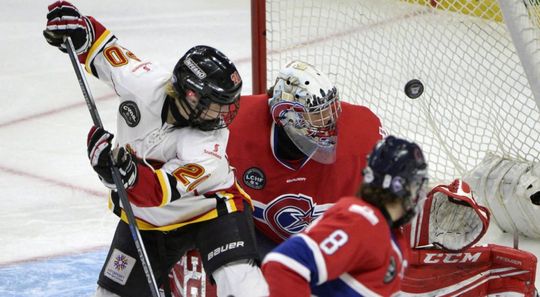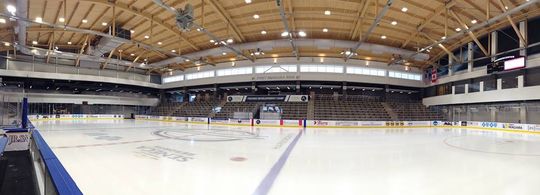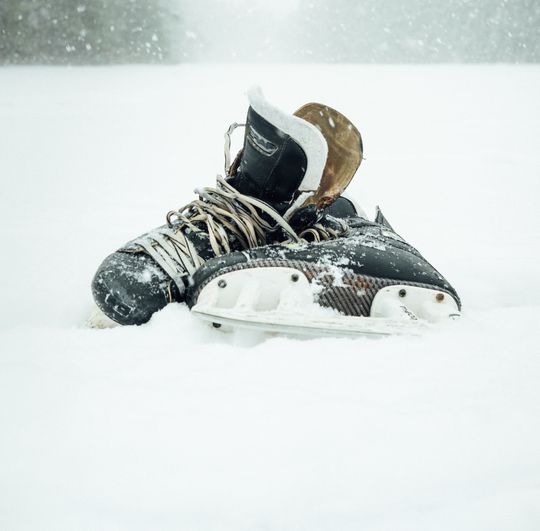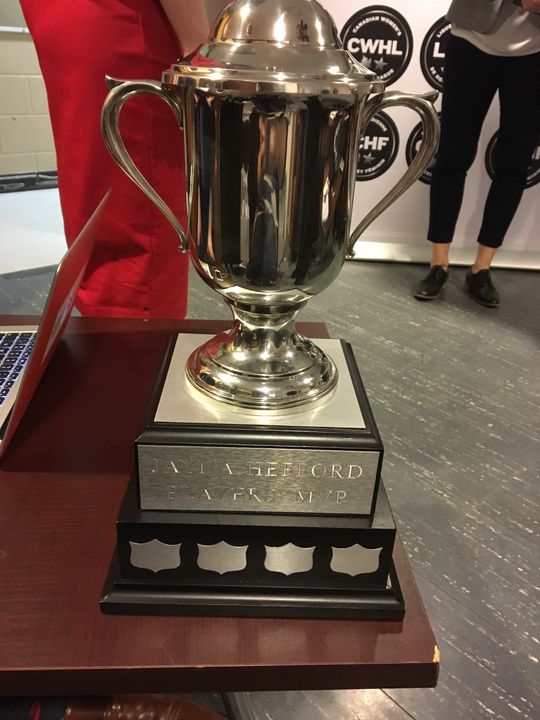In an interview aired Wednesday on BNN Bloomberg, and in subsequent interviews since (including during the first intermission of the Canada-Switzerland game at the IIHF Women's World Championship), interim commissioner Jayna Hefford has invoked the CWHL's Registered Canadian Amateur Athletic Association (RCAAA) status as a reason behind the decision to fold the league, alongside difficulties securing adequate revenue. Neither of these explain the urgency of the move, or the utter lack of consultation and meaningful communication both prior to and after both the Board of Directors vote and the subsequent announcement of the decision to cease operations. There's more to this story, but both of these reasons are certainly part of it.
In terms of finances, here is what we know: the league finished 2016-17 with a small reserve fund. This year, however, there have been signs of struggle, reflected by venue choices at league events and by the extremely limited streaming schedule, which have both been attributed to financial struggles. Hailey Salvian of The Athletic reported on Friday that the NHL has provided $100,000 to the CWHL as an emergency supplement to support player compensation, which was due to be distributed on April 1 and has not yet been received. Beyond that, we currently have no clear indication of the extent of the league's financial turmoil.
In a moment of intense instability, players and general managers have indicated that they intend to take this as an opportunity to build something better; to seek or create a viable league in their own image. With that in mind, it's worth examining the limitations of RCAAA status when it comes to the operation of a professional women's hockey league.
RCAAA status is conferred upon non-profit organisations which "have the promotion of amateur athletics in Canada nation-wide as [their] exclusive purpose and exclusive function." They are unique from other non-profits in that while all non-profit organisations are tax-exempt, an RCAAA is also eligible to issue tax receipts for donations, similar to a charity. (Whether any of the CWHL's sponsorships or major donations were contingent on this ability is a question worth asking when examining the suddenness of the league's decision to fold, but that is perhaps a story for another day.)
We can safely say that given what we do know about the CWHL's finances, a plan to substantially increase player compensation plain and simply was not immediately feasible, and could not possibly be the genuine reason behind the decision to cease operations. However, given the renewed interest in restoring the CWHL, it is worth examining whether the league in its erstwhile structure, and as an RCAAA, could have ever truly fulfilled the vision of its players and supporters.
The short answer is no.
The Income Tax Act defines the amateur athlete and the professional athlete, though those definitions are fairly circular. An amateur athlete is one who is:
(a) a member of a registered Canadian amateur athletic association;
(b) eligible to compete, in an international sporting event sanctioned by an international sports federation, as a Canadian national team member; and
(c) not a professional athlete.
The focus on the athletes being Canadian and eligible to compete as a member of the Canadian national team is not a hang-up here; there are exceptions that provide for accommodating a limited number of athletes who do not meet the criteria of "amateur athlete." Similarly, there are exceptions that provide for compensation of professional national team athletes belonging to governing bodies that also regulate the sport at the amateur level, such as Hockey Canada or the Canadian Soccer Association, which puts those organizations in a different situation than an independent league.
A professional athlete, meanwhile, is "an individual who receives income that is compensation for, or is otherwise attributable to, the individual's activities as a player or athlete in a professional sport."
According to a representative for the Canada Revenue Association, "the fact that an athlete earns income as an athlete from sponsorship, prizes and grants does not determine that athlete is an amateur athlete. Rather, it is the receipt of compensation for participation in a professional sport that would, under the Act, convert an athlete from an amateur to a professional." Professional sport is not defined in the Act, but is a key term for understanding the legal regime. In essence, what matters is whether the CWHL, upon paying players any reasonably professional level of compensation, could no longer meet the criteria of exclusively advancing amateur sports.
An RCAAA "may not use any part of its income to confer any personal benefit that is not incidental to the promotion of amateur athletics in Canada on a nationwide basis." That doesn't mean its athletes can't receive some form of compensation: assisting players with athletics-related expenses such as equipment, training, and physical therapy is acceptable. There's no clear monetary line drawn, so it's not clear whether current CWHL player stipends might have already created professional compensation. One could argue, after all, that the living expenses of living near and participating in an elite team are themselves athletics-related expenses.
What is clear is that Hefford's assessment of the long-term viability of the model is accurate. An organisation can apply for voluntary revocation of RCAAA status if they no longer meet the criteria or no longer wish to be restricted by them, but the CWHL can never move beyond limited stipends so long as it relies upon its RCAAA status to secure funding. (For further reading, Katya Knappe goes into detail on the implications of for-profit, non-profit, and RCAAA non-profit structures in this piece for Pension Plan Puppets.)
And if there is any reason to believe that major sponsors or donors were indeed so dependent on a tax receipt as to refuse to continue their support of the league if they could not receive one, well: shame on them.
Sources have confirmed that players have not yet received the pay that was due to be delivered on April 1. The league's payment structure involves distributing half of base salary (which totals between $2000 and $3000 annually) in December, and that money was distributed. But the other half of base salary, along with any promised income above and beyond that level, was reserved for the April payment. That means that of the $100,000 allocated to each team, a mathematical maximum of $37,500 per club has actually been paid; the real number is in fact even lower.
That makes for approximately $375,000 that, to date, remains unpaid -- not to mention league bonuses owed to individual award winners and members of the Calgary Inferno. There has been no direct communication with regards to the status of payments -- not even to inform athletes that the money would be delayed. Some sources have, however, expressed confidence that it will eventually be received.
The CWHL doesn't have to dissolve for there to be a strong, professional women's hockey league in Canada. It is, of course, possible and fairly simple to voluntarily revoke the CWHL's RCAAA status and have it continue to exist as a standard non-profit organisation, which would remain tax-exempt but lose the ability to issue tax receipts for charitable donations. And if that's the plan, it's plenty viable. With the right buy-in and support, it may well even be a good one.
But if someone thinks they're going to save the day by restoring the CWHL and maintaining its RCAAA status, effectively limiting the compensation that players can receive in the immediate future and eradicating any hope of developing it, quickly, into a truly professional league? That's a growth opportunity wasted. They'd be better off just writing the players some cheques.
(Photo credit: Chris Tanouye/CWHL)
